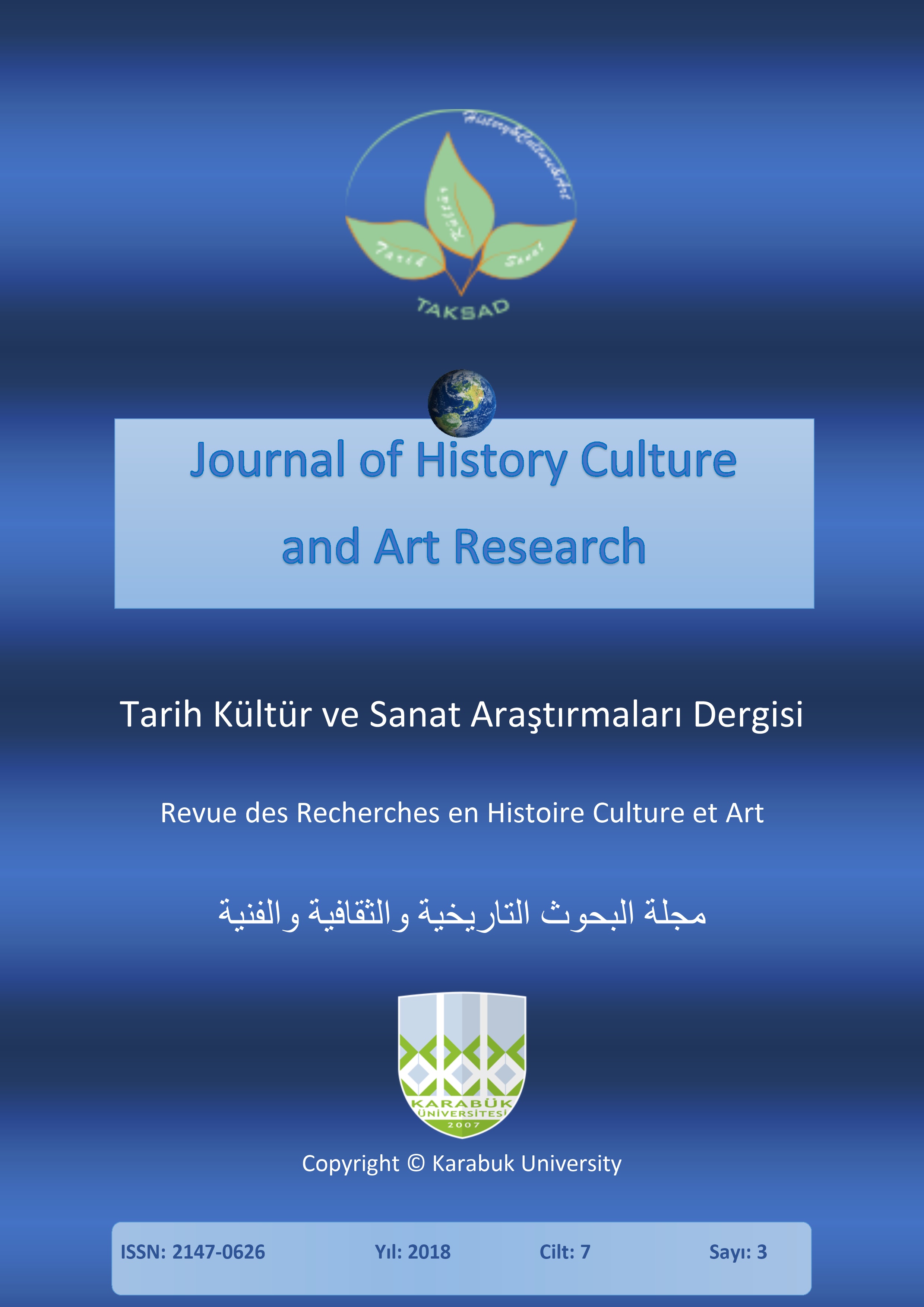Studying the Texts of the Yakut Epic Olonkho: A Phenomenological Approach
DOI:
https://doi.org/10.7596/taksad.v7i3.1725Keywords:
Philosophy of literature, Turn to the reader, Receptive aesthetics, Text, Literary work, Horizon of expectations, Window of expectations, Fundamental limit of equilibria, Level of text structure, Actional, Accenting rhythms, Semiotics.Abstract
The theoretical and methodological bases of the present research are based on the theory of Wolfgang Iser, which distinguishes between the concepts "text" and "literary work." "Text" is produced by the author and exists in a single variant, representing a symbolic code that is waiting for its implementation, before which it has only virtual meaning. "Literary work" is what arises in the act of reception - as a result of the reader's activity in the realization of the semantic potential of the text - and exists in a multitude of receptive variants. In the process of the reader's communication with the text, “the horizon of expectations" of the text, which contains the requirements for the reader coded in the text, interacts with “the horizon of expectations" of the reader, which is based on the requirements imposed on the text by the reader. The merging of the "horizons" is the key to an adequate understanding. In the present paper, the interaction of “the horizons of expectations" of the text and the reader is represented in the form of "windows", "created" by the text and the reader in the experience of the perceiving consciousness. "The expectations of the text" are considered in the form of "windows" formed by phenomena and horizons. They are attached to three levels of the structural features of the olonkho texts: the active (eventive) level, the level of accenting rhythms and the semiotic level, which are the most illustrative for the conducted research. "The expectations of the reader" are provided by three fundamental limits of dynamic equilibria (identification limit, communication limit and the limit of the rhythms of world harmony), which are attached to the levels of text singled out above.
References
Emelyanov, N. V. (1980). The plots of Yakut olonkho. Мoscow: Nauka.
Emelyanov, N. V. (1983). The plots of the early types of Yakut olonkho. Мoscow: Nauka.
Gadamer, H. G. (1988). Truth and method. Мoscow: Progress.
Ingarden, R. (1962). Studies in aesthetics. Translated from Polish. Мoscow: Innostrannaya Literatura Publishing House.
Iser, W. (2004). The process of reading: phenomenological approach. Modern literary theory. Moscow: Flinta, Nauka, 201-225.
Jauß, H. R. (2004). The history of literature as a challenge to the theory of literature. Modern literary theory. Moscow: Flinta, Nauka, 192-200.
Kozhevnikov, N. & Danilova, V. (2018). Human Development in the World Coordinate System on the Basis of Limit Equilibria. Agatos, 9(1), 135-143.
Kozhevnikov, N. N. & Danilova, V. S. (2016). The world coordinate system on the basis of limit dynamic equilibriums. European Journal of Philosophical Research, 5(1), 18-26.
Kozhevnikov, N. N. & Danilova, V. S. (2018). The character’s image, architectonics and style in Russian literature of the first half of XIX century. Bulletin of North-Eastern Federal University, 2(64), 98-108.
Lord, А. Е. (1994). Narrator. Translated from English. Мoscow: Eastern Literature Publishing House.
Nyurgun Bootur the Swift (1947). Text by K.G. Orosin, edited, translated and commented by G.U. Ergis. Yakutsk: Gosizdat YASSR.
Nyurgun Bootur the Swift (1975). Reconstructed from epos by Platon Oyunsky. Yakutsk: Yakut Book Publishing.
Nyurgun Bootur the Swift (2014). London: Renaissance Books.
Downloads
Published
How to Cite
Issue
Section
License
All papers licensed under Creative Commons 4.0 CC-BY.- Share — copy and redistribute the material in any medium or format
- Adapt — remix, transform, and build upon the material for any purpose, even commercially.
Under the following terms:
Attribution — You must give appropriate credit, provide a link to the license, and indicate if changes were made. You may do so in any reasonable manner, but not in any way that suggests the licensor endorses you or your use.
- No additional restrictions — You may not apply legal terms or technological measures that legally restrict others from doing anything the license permits.







